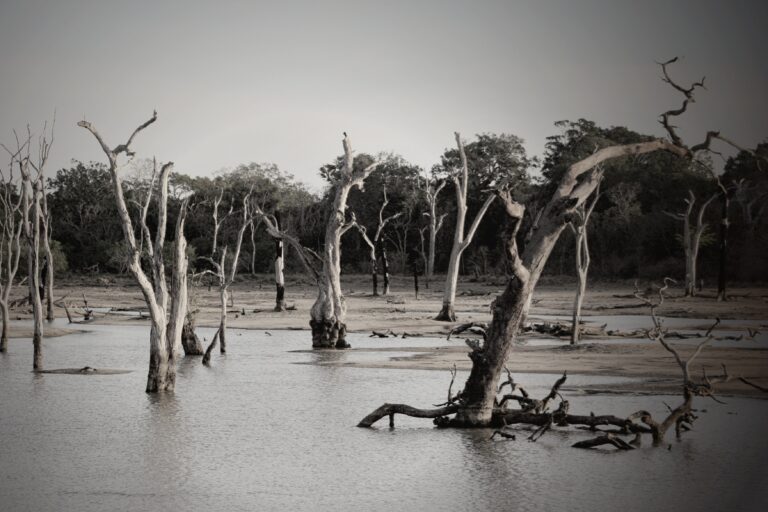How the Climate Crisis Could Ruin America’s Favorite Holiday Foods

Sweet Corn
- Top producing state: Minnesota
- Top export market: Japan
- Value of US exports: $246.3 million
Sweet corn is grown in every state in the U.S., with Minnesota leading with 22% of all sweet corn acres. As of 2017 – the latest USDA Census of Agriculture – U.S. sweet corn acreage had fallen 13% since 2012, from 572,000 acres to 496,000 acres. Most of the decline was driven by declines in harvested acres for processed sweet corn. Corn is one of the biggest crops grown in the United States and much of the world food supply relies on U.S. corn production, which supplies an estimated 25% of all grains to the global market.
The ongoing effects of the climate crisis in the United States can explain much of the struggle among sweet corn producers. Changes in temperature and precipitation, especially during flowering and other critical growth phases, can have serious impacts on sweet corn development, leading to lower yields. The benefits of elevated CO2 on plant growth is often nullified by increased risk of disease and pests, and can lead to nutrient imbalances as well. Sweet corn grows optimally in temperatures between 46.4 degrees and 86 degrees F.
Pistachios
- Top producing state: California
- Top export market: China
- Value of US exports: $2.1 billion
Pistachio trees have grown in the Middle East for thousands of years. The first pistachios that became available in the U.S. in the 1880s were imported from the region. Now, after one of the most remarkable agricultural success stories in history, the United States produces most of the world’s pistachios. Virtually all pistachios grown in the United States come from California. Over 400,000 acres in California produced 882 billion pounds of pistachios in 2022. The U.S. is the world’s largest producer of the popular nut, holding a slim majority (51%) of all global production.
As is generally the case for fruits, nuts, and other specialty crops, pistachios require relatively special climate conditions to flourish. Pistachio trees thrive in arid regions and require specific chill temperatures below 45 degrees F for specific durations at the right time of the year for flowering to develop properly.
Cherries
- Top producing state: Michigan
- Top export market: Canada
- Value of US exports: $3.1 million
Due in part to relatively cold winters, mild summers, strong winds off the Great Lakes, and other favorable climate conditions for flowering trees, Michigan is one of the nation’s top producers of fruits and nuts. Speaking to the Detroit Free Press in an interview last summer, vice president of King Orchards Juliette McAvoy said, “my dad remembers one major crop failure in his young life, in the 1960s or so … But in the last 20 years, we’ve had a crop failure in 2002, 2012, 2020 and 2021.” The escalating consequences of climate change played a major role in each of those failures. The failure in 2012 was connected to premature budding triggered by a warm winter, and resulted in $220 million in losses of Michigan cherries.
This year, Michigan growers had another bad year. As of the close of the 2023 season in July, farmers in the state expected to harvest a little over 100 million pounds of tart cherries, compared to over 200 million pounds as recently as 2018. Uncharacteristically dry weather in June, followed by heavy rains and a hailstorm on July 21, contributed to the poor 2023 harvest.
Pecans
- Top producing state: Georgia
- Top export market: European Union
- Value of US exports: $308.2 million
Like other nuts, which in general are seasonal to the wintertime, pecans have a long history in holiday food traditions.
Pecan trees are also highly sensitive to temperature changes, especially during certain periods of development that greatly influence quality and yield. Hot, dry conditions can cause severe damage to young pecan trees, which experience root damage and scorched leaves in temperatures that exceed 95 degrees F. Warmed conditions in grow areas also mean greater demand for water, which for some pecan growers could be challenging. Trees under 3 years require approximately 100 gallons of water per week with sprinklers and drip irrigation systems.






